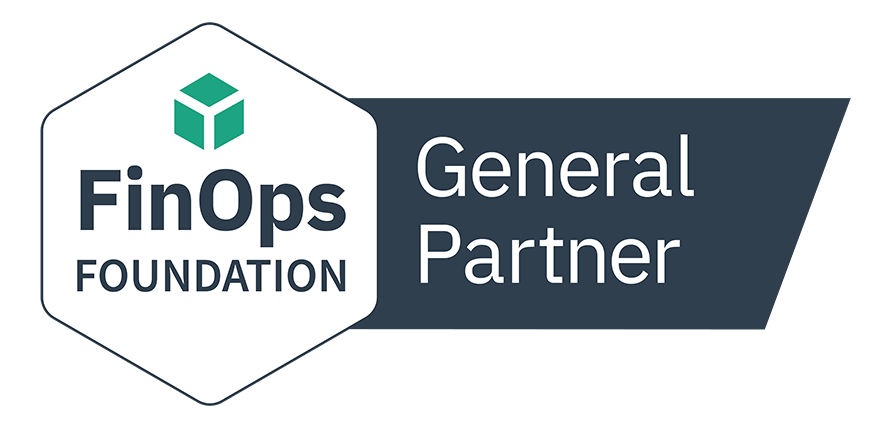Digital Ad Platform for FinServ Saves $900K+ Annually with Pepperdata on Amazon EKS

Digital Ad Platform for FinServ Saves $900K+ Annually with Pepperdata on Amazon EKS
About the Client
The client is a digital advertising platform that partners with banks to create incentive programs that promote consumer loyalty. The client then provides its banking customers a secure, anonymized view into how consumers are spending their money.
Challenge
The client’s data operations team was in the process of migrating their significant Apache Spark and Amazon EMR workloads to Amazon EKS to benefit from the reduced operational overhead of a managed Kubernetes service. In addition to deploying Karpenter, the team was keen to identify additional solutions to reduce the monthly costs of their migrated workloads.
Solution
Following migration to Amazon EKS, the client deployed Pepperdata Capacity Optimizer to recapture compute waste from its Amazon EKS cluster resources. Capacity Optimizer immediately delivered an initial 22% reduction of instance hours (vCPU hours) in the company’s Spark and EMR workloads on EKS.
Results
By decreasing the number of vCore hours required to run workloads on EKS, the client realized increased price/performance equivalent to a monthly cost reduction of approximately $75K. Having achieved an initial 22% savings, the client is continuing to migrate additional workloads to Amazon EKS. The company is reinvesting its savings from Capacity Optimizer into further business growth.
A Data-Driven Ad Platform Seeking Cost Mitigation Solutions for Amazon EKS

A large, data-driven, digital advertising platform that partners with banks to operate customer rewards programs was in the process of migrating its significant Spark workloads to Amazon EKS to benefit from the flexibility, control, simplified operational overhead, and reduced costs of a managed Kubernetes service.
The company had been running Apache Spark on Amazon EMR to process a high volume of anonymized and aggregated consumer purchase and other behavioral data, but started migrating these workloads to Amazon EKS to further reduce costs.
As part of its efforts to minimize infrastructure costs, the company adopted Karpenter to optimize resource utilization by automating node lifecycle provisioning and autoscaling clusters.
However, the company was keen to further increase its margins on Amazon EKS, and sought out additional cost reduction solutions for its newly migrated workloads.
Pepperdata: Autonomous Cost Optimization for Kubernetes
Following migration to Amazon EKS and deployment of Karpenter, the client chose to deploy Pepperdata Capacity Optimizer to further improve its costs.
Using patented algorithms, Pepperdata Capacity Optimizer autonomously optimized cluster CPU and memory in real time to deliver an average of 30% additional cost savings from its Amazon EKS cluster resources.
Capacity Optimizer automatically analyzed resource usage in real time to identify pods where more work can be done. It then communicated this insight to the system scheduler, which added tasks to pods with available resources and spun up new instances only when existing instances were fully utilized.
The result: CPU and memory were autonomously and continuously optimized to reduce cost without the need for application changes or recommendations to be applied manually, safely eliminating the need for ongoing manual tuning.
Pepperdata paid for itself, immediately decreasing instance hours and waste, increasing Spark utilization levels, and freeing developers from manually tuning old apps to focus on building new apps for business growth and innovation.
Pods running suboptimally WITHOUT Pepperdata
Without Pepperdata, pods may run at a fraction of their potential utilization. The scheduler is only aware of requested resources and is not aware of what is actually being used, and therefore it cannot pack additional workloads onto pods that appear to be fully utilized.
Pods running at greatest capacity WITH Pepperdata
With Pepperdata, the blinders from the scheduler are removed, enabling it to pack pods according to their actual utilization. The scheduler can make full use of existing pods, increasing capacity and throughput and reducing cost without having to spin up new instances.
Pepperdata enables pods to run at the greatest capacity and highest efficiency on Kubernetes clusters.
Realizing Savings Immediately in Both Development and Production Environments
The ad platform company achieved its Proof of Value (POV) with Pepperdata in two phases: first in the company’s development cluster to quickly validate the solution robustness and cost saving results, and then in the company’s production cluster.
Capacity Optimizer immediately delivered a 22% reduction of instance hours (vCPU hours) for the company’s Spark workloads on their Amazon EKS development cluster. In the second phase of the POV, the cost savings continued in the production environment. By decreasing the number of vCore hours required to run workloads on Amazon EKS, the company realized increased price/performance equivalent to a monthly cost reduction of approximately $75K in their production clusters.
The company was even able to benchmark its savings by temporarily disabling Capacity Optimizer and observing the resulting 22% increase in costs.
Pepperdata Capacity Optimizer Enables Additional Savings No Other Solution Can Provide
While the migration to Amazon EKS brought additional efficiencies, and Karpenter provided cost optimization through rightsizing compute resources, these solutions were not designed to address the problem of waste within applications due to overprovisioning. Spark is well known to be inherently resource-intensive in its design, especially with regard to memory.
Even with the most efficient Karpenter-optimized infrastructure in the world, overprovisioned Spark applications will use infrastructure resources inefficiently. Capacity Optimizer uniquely addresses this inefficiency, providing the company a complementary benefit to their use of Karpenter.
Reinvesting Savings for Continued Growth
Pepperdata Capacity Optimizer helped this digital ad platform company achieve significant efficiencies and cost savings through powerful, real-time, and continuous optimization. Working safely and autonomously in the background, Capacity Optimizer minimized in-application waste to increase utilization levels while also eliminating the hassle and uncertainty of manual application tuning, delivering this customer significant and measurable ROI.
The company can now reinvest their ongoing savings from Capacity Optimizer in continued migration of workloads to EKS, as well as in further business innovation and expansion.






